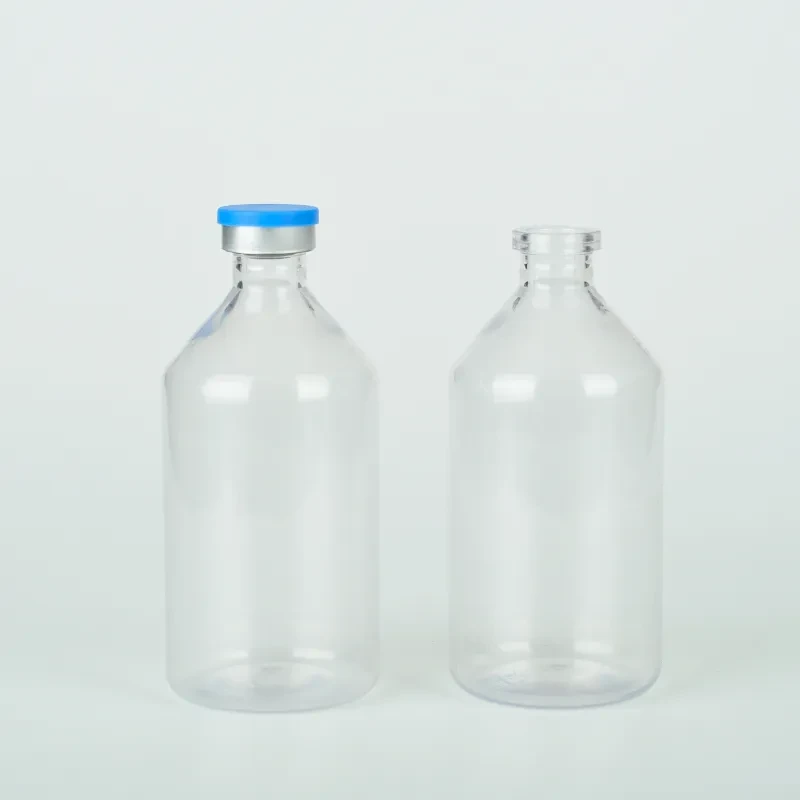reagent bottle narrow mouth
Understanding Narrow Mouth Reagent Bottles A Guide
In laboratories around the world, the precise handling and storage of chemicals is crucial for scientific research and experimentation. One essential tool that plays a vital role in this process is the narrow mouth reagent bottle. These bottles are designed to meet the unique needs of laboratories that require careful measurement, storage, and transfer of reagents, solvents, and various other liquids.
What is a Narrow Mouth Reagent Bottle?
A narrow mouth reagent bottle is a container specifically designed for the storage and handling of liquid chemicals. As the name suggests, the defining characteristic of these bottles is their narrow opening, which reduces the risk of spillage when pouring or transferring liquids. Typically made from high-quality glass or robust plastic, narrow mouth reagent bottles are available in various sizes, accommodating different volumes of substances, from milliliters to several liters.
Advantages of Narrow Mouth Reagent Bottles
1. Minimized Spillage The narrow neck design of these bottles offers better control when pouring, which is particularly important when dealing with hazardous or expensive chemicals. This reduces the likelihood of accidental spills or contamination, ensuring a safer laboratory environment.
2. Optimal Storage Narrow mouth bottles are a practical choice for storing reagents because they can be securely sealed with various closures, such as screw caps or corks. This ensures that the contents are protected from contamination and evaporation, prolonging the shelf life of the reagents.
3. Enhanced Measurement Many narrow mouth reagent bottles feature graduated markings on their surface, allowing scientists and technicians to measure liquid volumes accurately. This is especially useful when precise quantities are essential for experiments.
4. Chemical Compatibility Narrow mouth reagent bottles are available in materials that are resistant to a range of chemicals, including acids, bases, and organic solvents. Glass bottles, for example, are inert and do not react with most substances, making them ideal for laboratory use.
Uses in the Laboratory
Narrow mouth reagent bottles are versatile and can be found in various applications across different scientific fields
reagent bottle narrow mouth

- Chemistry Labs These bottles are commonly used to store reagents needed for experiments. The ability to tightly seal the bottles is critical in preventing the degradation of sensitive chemicals.
- Biochemistry and Molecular Biology In these areas, narrow mouth bottles can be used to store buffers, solutions, and other reagents necessary for experiments, ensuring long-term stability and accuracy.
- Environmental Science When collecting and transporting water or soil samples, researchers often use narrow mouth bottles for their convenience and reliability in preventing contamination.
Choosing the Right Bottle
When selecting a narrow mouth reagent bottle, several factors should be considered
1. Material Choose between glass and plastic based on the chemical properties of the substances being stored. Glass offers superior chemical resistance, while certain plastics are lighter and less prone to breakage.
2. Volume Determine the volume of liquid you need to store or handle, and select an appropriately sized bottle to avoid unnecessary waste or excessive empty space.
3. Closure Type The choice of closure is crucial for ensuring an airtight seal. Consider options like screw caps, which can provide a secure fit, or plug-style closures for ease of access.
Conclusion
Narrow mouth reagent bottles are indispensable tools in the laboratory, providing a safe and efficient means of storing and handling chemicals. Their design minimizes the risk of spillage, enhances measurement accuracy, and offers compatibility with a wide range of substances. By understanding the characteristics and advantages of these bottles, scientists and researchers can make informed decisions when selecting the right container for their specific needs, ultimately leading to more successful and safer experimentation. Whether in chemistry, biology, or environmental science, the narrow mouth reagent bottle remains a cornerstone of laboratory operations.
-
Aesthetic Makeup Spray Bottles | Fine Mist Empty RefillableNewsAug.19,2025
-
White Plastic Veterinary Vaccine Vials | Lab Liquid BottlesNewsAug.18,2025
-
Plastic Medicine Liquid Bottle: Secure Flip Top Drug VialsNewsAug.17,2025
-
Durable 250ml Blue Plastic Vaccine Vial for Lab & Vet UseNewsAug.16,2025
-
Sterile Virus Sample Tubes: Secure & Reliable Specimen CollectionNewsAug.15,2025
-
White 250ml Plastic Vaccine Vial for Lab & Vet MedicineNewsAug.14,2025
























